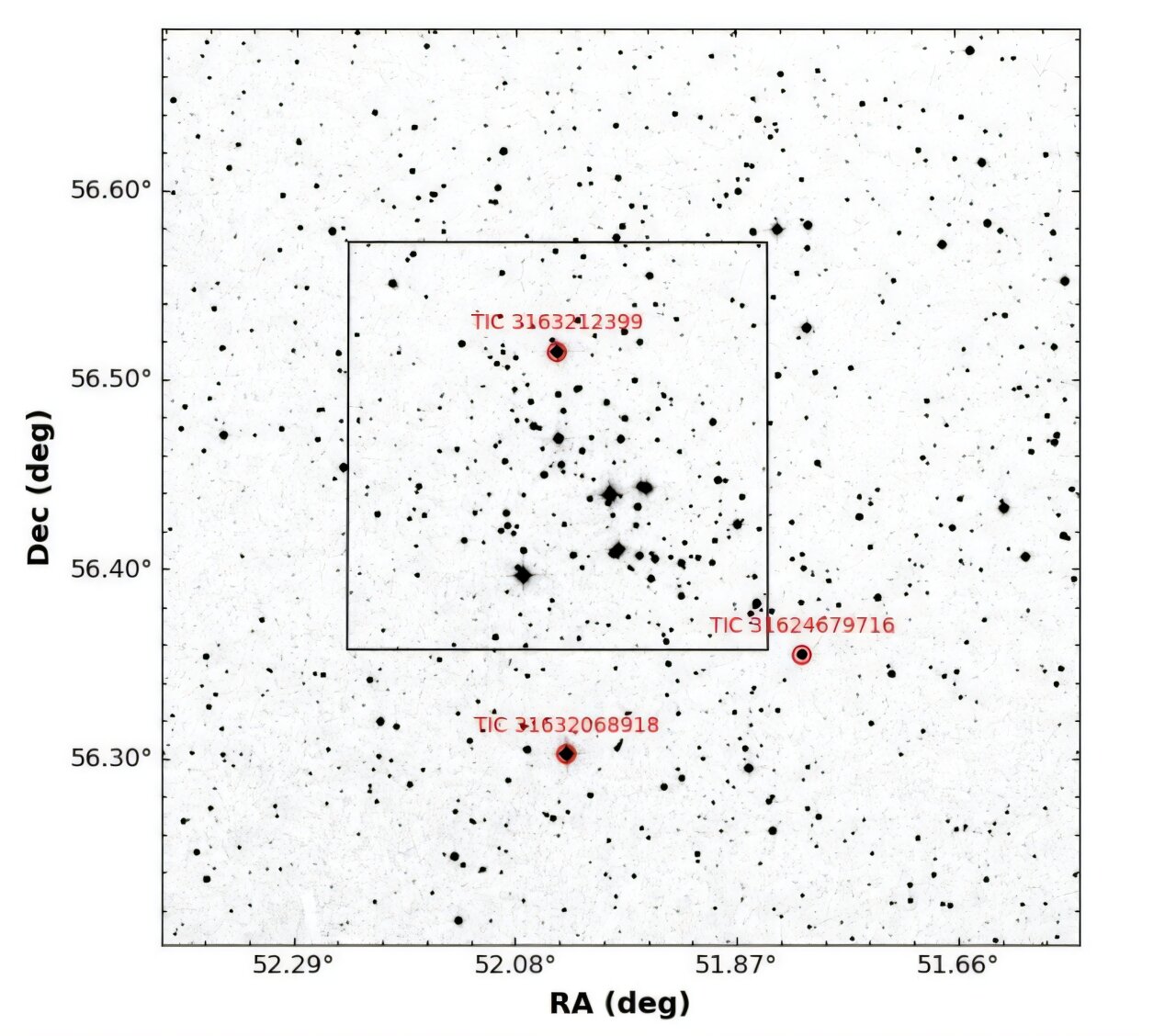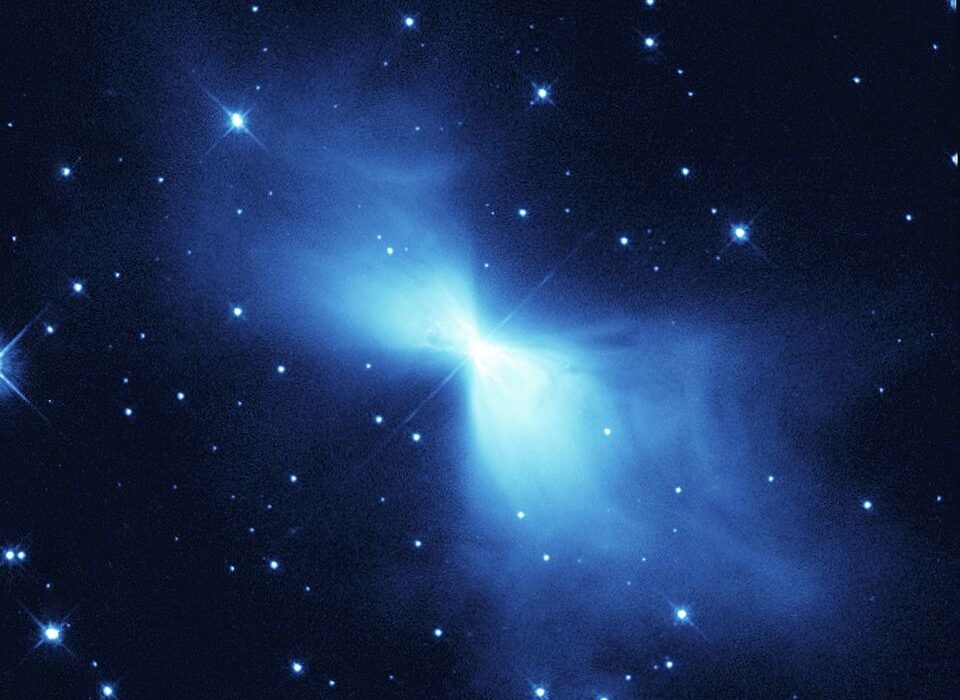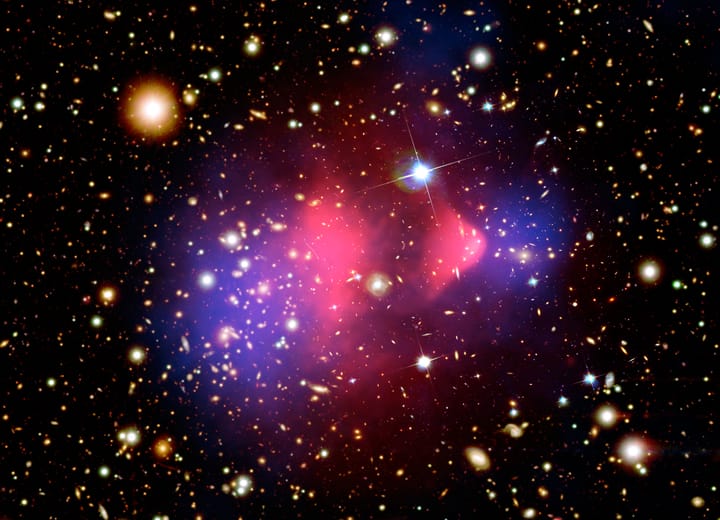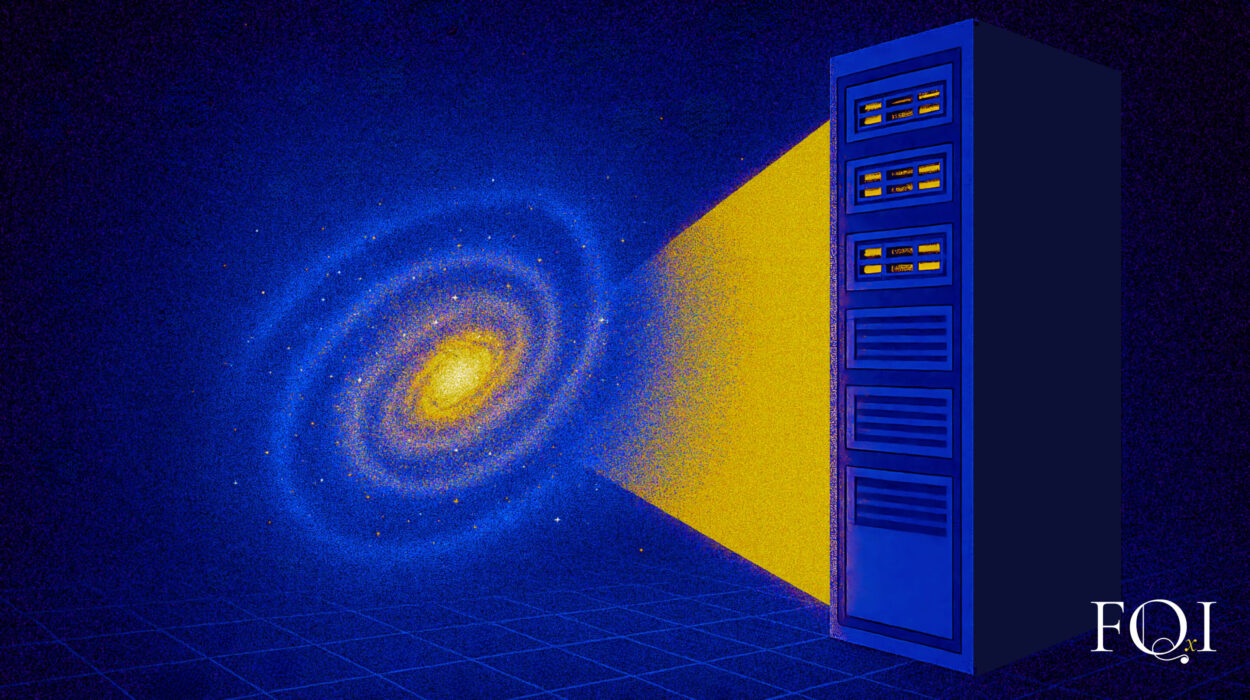In the vast tapestry of the Milky Way, not every star gets to shine in the spotlight. Some remain tucked away in quiet corners, waiting for curious eyes and precise instruments to reveal their secrets. One such corner of the sky holds a stellar family known as King 6, a relatively unassuming open cluster that, until recently, had only whispered its story through sparse and scattered data. That changed dramatically when a team of Indian astronomers, peering through the 104-cm Sampurnanand optical telescope in Nainital, listened more closely.
Their attentive gaze brought into view three previously unknown variable stars—celestial bodies whose light waxes and wanes in precise rhythms. This seemingly modest discovery, published on April 25 via the arXiv pre-print server, is anything but small. It adds new pieces to the puzzle of stellar evolution and showcases India’s growing capabilities in front-line astronomical research.
The Lure of Open Clusters
To the untrained eye, an open cluster may appear as a scatter of stars in the night sky, but to astronomers, these stellar groupings are time capsules of cosmic history. Open clusters, or OCs, are loosely bound assemblies of stars that share a common origin, having formed from the same vast molecular cloud. They’re like siblings, born together and evolving in parallel—ideal subjects for studying how stars age, move, and sometimes die.
Over 1,000 open clusters have been identified within our galaxy, but astronomers believe that many more remain to be cataloged and understood. Each cluster has a unique story to tell—stories that refine our understanding of the Milky Way’s own biography. Open clusters can help us trace the galaxy’s structure, chart its rotation, and understand how star formation has changed over billions of years.
King 6, located about 2,360 light years away, is one of these cosmic families. Nestled in the constellation Cassiopeia, it had previously been touched only lightly by science. Basic parameters like its age (estimated at 200 million years), color excess (0.55), and mass function slope (1.29) were known, but deeper knowledge eluded astronomers—until now.
The Power of Collaboration: Sampurnanand, Gaia, and TESS
Enter Dr. Vaibhav Kumar Pandey and his colleagues from Deen Dayal Upadhyaya Gorakhpur University. Motivated by the cluster’s obscurity and potential, they decided to take a deeper look. For this endeavor, they turned to a reliable partner: the 104-cm Sampurnanand optical telescope, operated by the Aryabhatta Research Institute of Observational Sciences (ARIES) in Nainital.
But this was no solitary effort. The team also tapped into the treasure troves of data from two of the most powerful space-based observatories currently operating: the European Space Agency’s Gaia satellite, which provides incredibly precise positional and motion data on stars, and NASA’s Transiting Exoplanet Survey Satellite (TESS), known for its fine sensitivity to changes in stellar brightness. Together, these instruments formed a trifecta of observational power, spanning the ground and space, precision and coverage.
Meet the New Stars: TIC 31624679716, TIC 31632068918, and TIC 3163212399
Within the photometric data gathered during the study, subtle patterns began to emerge—variations in brightness that couldn’t be explained by observational noise. These stars weren’t constant beacons; they pulsed, albeit very gently. The changes in brightness were minor—just 0.02, 0.01, and 0.04 magnitudes—but they were consistent, and they held clues about what was going on inside these stars.
The periods of their brightness variations were calculated to be 46.70, 47.92, and 37.56 hours respectively. Such timing, combined with their effective temperatures—ranging from 10,500 to 11,050 Kelvin—offered a clue to their true nature.
The team classified all three as Slow Pulsating B-type stars (SPBs), a class of variable stars known for their subtle but rhythmically regular fluctuations. These aren’t explosive, cataclysmic stars; they’re much quieter in their variability. SPBs are typically mid-to-late B-type stars on the main sequence. Their light variations are caused by non-radial gravity-mode pulsations, meaning the stars’ outer layers ripple like waves in a pond rather than pulsate evenly outward and inward like a beating drum.
Though subtle, such pulsations offer a powerful window into the stars’ interiors, much like how seismologists study earthquakes to probe the Earth’s inner structure.
Revisiting King 6: A Cluster Reexamined
While the discovery of new variable stars might be the headline-grabbing result, the study did much more than that. It gave astronomers a more refined and nuanced picture of King 6 itself.
Using the combined data from the telescope and satellites, the team determined that King 6 has a radius of about 6.45 light years, while its tidal radius—the distance at which stars begin to escape the cluster’s gravity—extends to 10.37 light years. The distance to the cluster was revised slightly to 2,360 light years, and its age was pegged at 251 million years, a moderate uptick from earlier estimates.
Interestingly, the study revealed that the mass function slope of King 6 is around 0.57, significantly lower than previous estimates. In the context of stellar populations, this number suggests that more massive stars are underrepresented, or perhaps that they have already evolved off the main sequence, leaving behind a greater proportion of lower-mass stars.
Even more telling was the observation of mass segregation—a phenomenon in which more massive stars migrate toward the center of a cluster over time. This, combined with a calculated relaxation time of six million years, indicates that King 6 is dynamically relaxed. In simpler terms, the stars within it have had enough time to jostle and settle into gravitational equilibrium.
A National Achievement with Global Implications
Though the field of astronomy often unfolds on an international stage dominated by billion-dollar telescopes and deep-space missions, this study is a powerful reminder that modest instruments in dedicated hands can still yield groundbreaking results. The Sampurnanand telescope may not have the mirror size of the James Webb Space Telescope, but with careful planning, clever data analysis, and complementary space-based resources, it can contribute meaningfully to cutting-edge science.
This discovery also reflects the growing strength of Indian astronomy, not just in terms of instrumentation, but in academic vigor and research innovation. Institutions like ARIES, IUCAA, and various universities are increasingly playing roles on the global stage—often in collaboration with the likes of NASA and ESA.
Why Variable Stars Matter
It may seem odd that astronomers are so fascinated by stars that simply change brightness, but variable stars are much more than celestial flickerers. They are laboratories of physics, providing insights into the complex interplay between gravity, radiation, and stellar material. Some variables are dying stars, others are binary systems tugging at each other with invisible threads of gravity, and still others—like SPBs—pulsate due to internal waves that help astronomers decode their inner structure.
These stars help refine stellar evolution models, which in turn refine our understanding of galactic evolution. They serve as standard candles for measuring cosmic distances, and some are harbingers of explosive fates like supernovae.
Every new variable star cataloged, studied, and understood is another point of light helping to map the deep and dynamic life of our universe.
A Cluster, Illuminated
In revisiting King 6, astronomers didn’t just add three new stars to the catalog. They transformed a little-known stellar cluster into a dynamic, living laboratory of cosmic phenomena. The newfound SPB stars pulse gently in their celestial rhythm, whispering tales of internal processes and stellar dynamics. Meanwhile, the cluster around them, once a vague footnote in astronomical records, now reveals a complex internal structure shaped by gravitational interactions and evolutionary time.
It’s a reminder that the universe is not static—not even the stars. It grows, it pulses, it evolves. And with eyes like those of the Sampurnanand telescope and minds like those of the team from Gorakhpur University, we can tune into its rhythms more precisely than ever before.
As humanity continues its search for meaning among the stars, the study of King 6 stands as both a scientific milestone and a poetic triumph. From a quiet patch of sky above India, a new story of stellar evolution has been brought to light—one that pulses with the subtle beat of discovery.
Reference: Vaibhav Kumar Pandey et al, Investigating open cluster King 6: Detection of three new variables, arXiv (2025). DOI: 10.48550/arxiv.2504.18088






